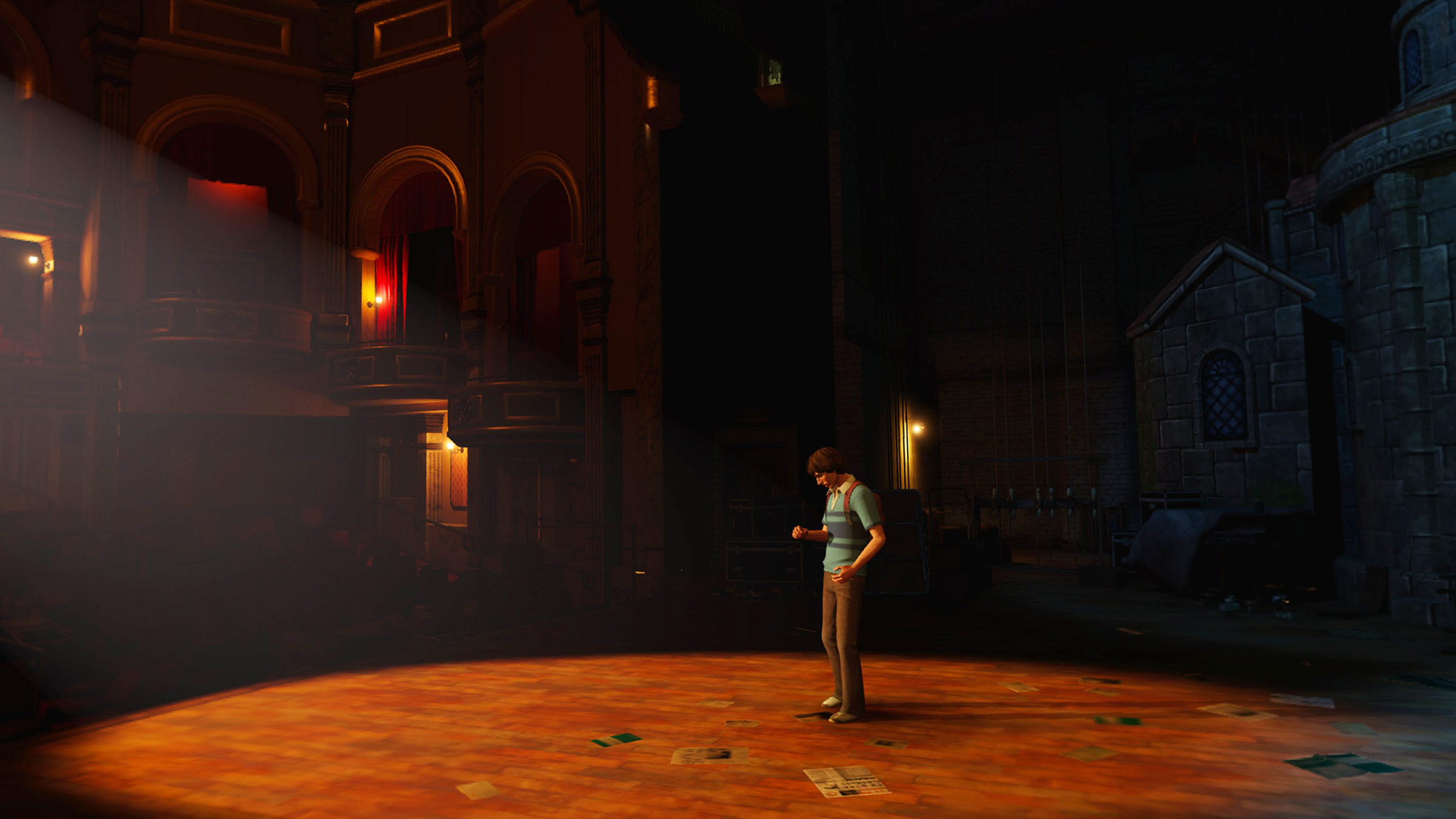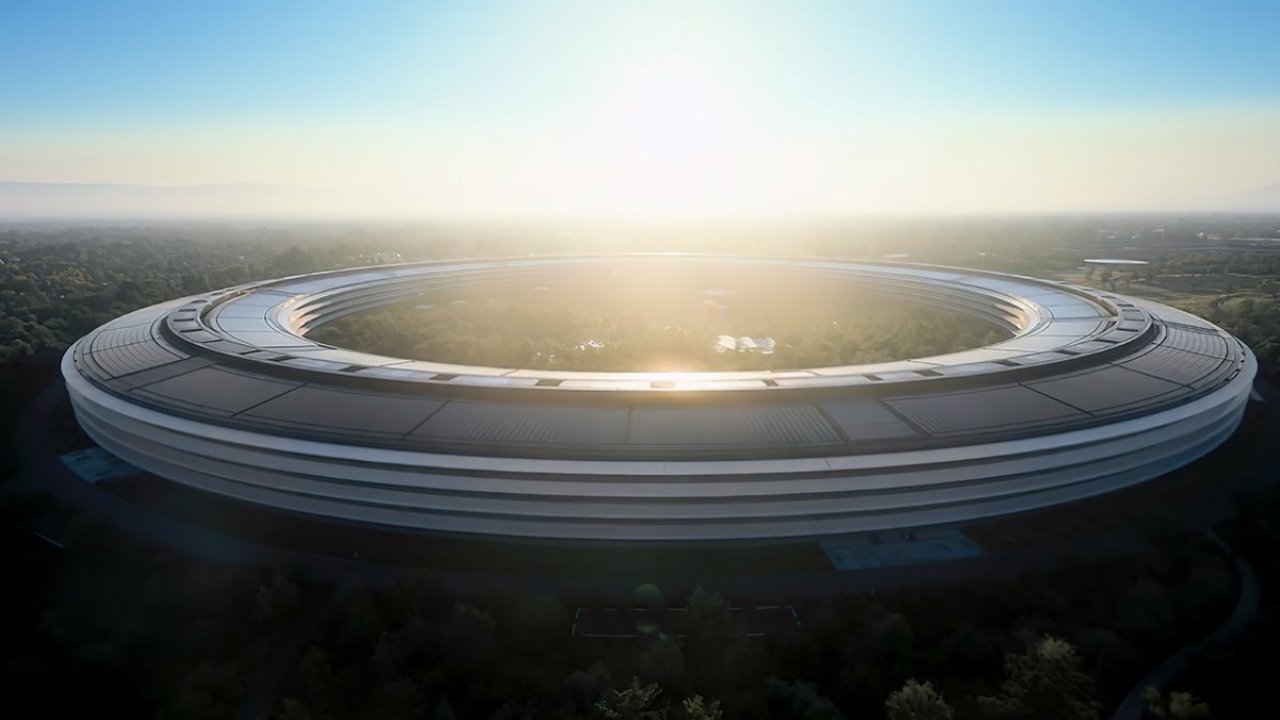Dark Matter Formed When Fast Particles Slowed Down and Got Heavy, New Theory Says
Dartmouth researchers propose that dark matter originated from massless, light-like particles in the early universe that rapidly condensed into massive particles through a spin-based interaction. Phys.Org reports: [T]he study authors write that their theory is distinct because it can be tested using existing observational data. The extremely low-energy particles they suggest make up dark matter would have a unique signature on the cosmic microwave background, or CMB, the leftover radiation from the Big Bang that fills all of the universe. "Dark matter started its life as near-massless relativistic particles, almost like light," says Robert Caldwell, a professor of physics and astronomy and the paper's senior author. "That's totally antithetical to what dark matter is thought to be -- it is cold lumps that give galaxies their mass," Caldwell says. "Our theory tries to explain how it went from being light to being lumps." Hot, fast-moving particles dominated the cosmos after the burst of energy known as the Big Bang that scientists believe triggered the universe's expansion 13.7 billion years ago. These particles were similar to photons, the massless particles that are the basic energy, or quanta, of light. It was in this chaos that extremely large numbers of these particles bonded to each other, according to Caldwell and Guanming Liang, the study's first author and a Dartmouth senior. They theorize that these massless particles were pulled together by the opposing directions of their spin, like the attraction between the north and south poles of magnets. As the particles cooled, Caldwell and Liang say, an imbalance in the particles' spins caused their energy to plummet, like steam rapidly cooling into water. The outcome was the cold, heavy particles that scientists think constitute dark matter. The findings have been published in the journal Physical Review Letters. Read more of this story at Slashdot.

Read more of this story at Slashdot.








































































![Sony WH-1000XM6 Unveiled With Smarter Noise Canceling and Studio-Tuned Sound [Video]](https://www.iclarified.com/images/news/97341/97341/97341-640.jpg)


![Trump Tells Cook to Stop Building iPhones in India and Build in the U.S. Instead [Video]](https://www.iclarified.com/images/news/97329/97329/97329-640.jpg)









































































































































































































































![[The AI Show Episode 147]: OpenAI Abandons For-Profit Plan, AI College Cheating Epidemic, Apple Says AI Will Replace Search Engines & HubSpot’s AI-First Scorecard](https://www.marketingaiinstitute.com/hubfs/ep%20147%20cover.png)
























![How to Enable Remote Access on Windows 10 [Allow RDP]](https://bigdataanalyticsnews.com/wp-content/uploads/2025/05/remote-access-windows.jpg)





















































































































































































![Artist Shocked To Find Her Poster Designs From 2017 In Bungie's Marathon: 'A Major Company Has Deemed It Easier To Pay A Designer To Imitate Or Steal My Work Than To Write Me An Email' [Update]](https://i.kinja-img.com/image/upload/c_fill,h_675,pg_1,q_80,w_1200/4ce7afff77473c3cccca9cc349c42790.jpg)















































